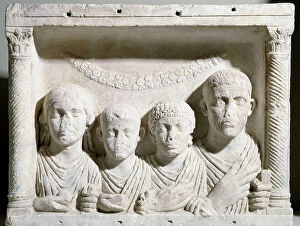Gallo Romaine Epoque Gallo Romain Style Collection
Step back in time to the Gallo-Roman era with a visit to the National Museum of Archeology in Saint Germain en Laye
All Professionally Made to Order for Quick Shipping
Step back in time to the Gallo-Roman era with a visit to the National Museum of Archeology in Saint Germain en Laye. Immerse yourself in the exquisite Gallo Roman Art, particularly their mosaic pavings that beautifully depict scenes from daily life. One such mosaic showcases a rustic calendar, capturing the essence of this bygone era. In this intricate artwork, you can witness a scene of treading grapes in a vat, symbolizing the importance of winemaking during that time. Created between the end of 2nd and beginning of 3rd century after JC, this masterpiece was discovered in Saint-Romain-en-Gal (Rhone) before finding its home at the museum. Another captivating mosaic reveals an allegory about summer featuring a majestic lion. This representation highlights nature's power and strength during warmer months. The grinding wheel depicted alongside it signifies the significance of agriculture and food production during this period. The Gallo Roman Art also delves into various aspects of everyday life through their mosaics. One particular piece portrays an oil press used for extracting precious oils from olives or other fruits. Bread making is another scene captured on these ancient tiles, showcasing how vital sustenance was to these communities. Not limited to domestic activities alone, Gallo Roman art extends its reach to include depictions of commerce and celebration as well. A low relief sculpture represents a beverage dealer while another mosaic captures a festive celebration scene where people come together for joyous occasions. Harvesting scenes are also vividly illustrated on these remarkable mosaics – reapers working diligently under the sun's warm embrace signify both hard work and abundance during harvest season. Lastly, religious rituals find their place within Gallo Roman art as well. A sacrifice scene dedicated to Ceres and Apollo demonstrates reverence towards deities associated with fertility and agriculture. These stunning mosaics serve as windows into an enchanting past when rural life thrived in the Gallo-Roman era.






